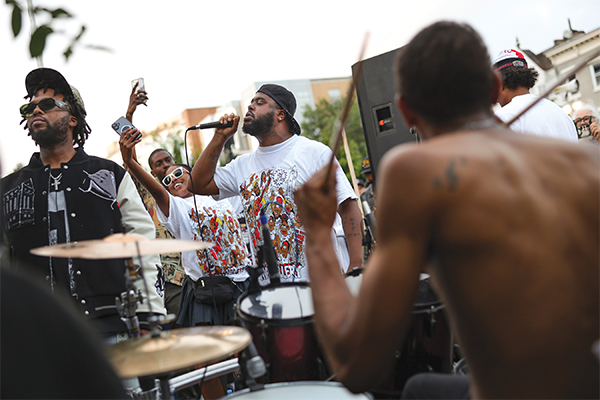Those of us who live in the District of Columbia grow accustomed to watching major events unfold in our city. But the hyped-up “crime emergency” President Trump declared in Washington, D.C. in August was different.
An alphabet soup of federal law enforcement officers—DEA, FBI, Park Police, U.S. Customs and Border Protection, ICE—joined National Guard troops and our police force to set up checkpoints, patrol neighborhoods, and arrest people for some felonies, yes, but according to an NPR report, mainly misdemeanors, traffic offenses, or charges that were later dropped. Friends and neighbors shared chilling footage of aggressive immigration enforcement; one friend described the helpless feeling after watching ICE surround a car, break a window, and snatch a neighbor.
We are not the first U.S. city this year to face armed soldiers (we see you, L.A.) or the last. But D.C. has fewer official means to push back: The District only gained “home rule” in 1973 and Congress can—and does—override laws approved by our council or voters. The president can also intercede in our affairs.
Read the Full Article

